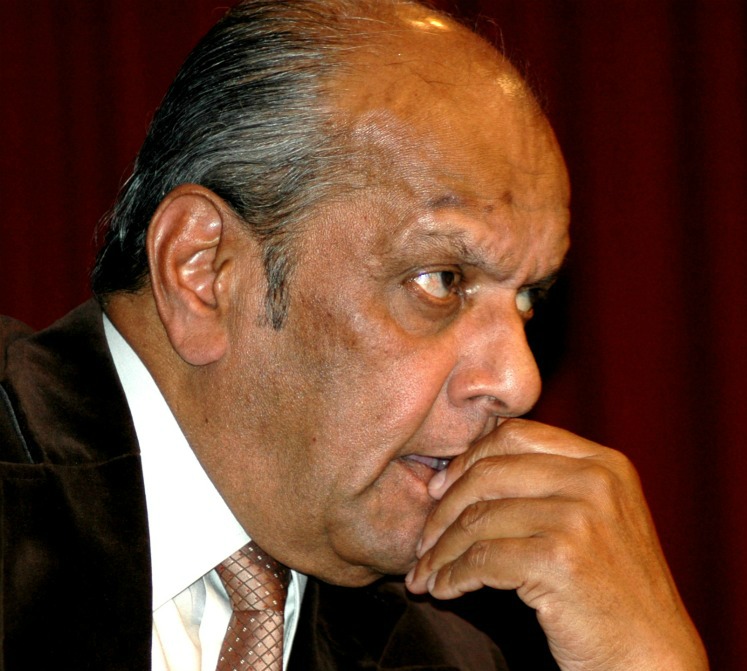My memories of Lahore
Category:

Reginald was born in Lahore before Partition. He writes books on various subjects pertaining to South Asia. A former London journalist, he now lives in Mid Wales with his actor wife Jamila. His latest book is Shaheed Bhagat Singh and the Forgotten Indian Martyrs, Abhinav Publications, New Delhi. A member of the Society of Authors, he is a Fellow of the Royal Society of Arts.
I was born in Lahore in 1932 in a Christian family. In the 1930s-1940s, Lahore was really a garden city, and a centre of education and culture.
There was, on the whole, harmony in Lahore. Muslims, Hindus, Sikhs and the few Christians and Parsis had a good working relationship. On Eid, we went to Muslim families to offer our Greetings. Likewise, we visited Hindu families for Diwali. And we were visited by Muslims, Hindus and Sikhs on Christmas Day. I can never forget the way we all celebrated Basant together.
Kite flying was an obsession with all Lahoris. The kite contests (known as पेचे बाज़ी pechae-baazi) were followed with passion. There were professional kite-flyers known as ustads उस्ताद who had their disciples cheering them on. It was all heady stuff.
During Christmas in Lahore we loved ‘Hunter's Beef' prepared from nil-gai (नील गाय), an antelope. I still remember the recipe for ‘Hunter's Beef'. It is not cooked or boiled meat but cured meat.
My school, Saint Anthony's, was owned and manned by an Irish teaching Order, known as the Irish Christian Brothers. The Order members were Irish Roman Catholics, and hence, hated England and all Englishmen, who were generally Protestants. For example, when teaching History, they would make remarks such as, "The English are a nation of shopkeepers. They exploited us for centuries, and then started exploiting the world." Some of them had been members of the Irish Republican Army (IRA).
They were not very Christian and not very brotherly. They imposed their authority by liberal use of the cane and the strap. They followed the Old Testament advice that saving the rod spoilt the child. And to parents they boasted: "Give us the boy and we'll give you the man.''
They were stern masters but, by and large, fair. When I was there, the Principal was the Reverend Brother Henderson (we called him ‘Hendy'). In his room, he had an array of canes, and he would ask the boy to be punished to choose which cane he might use. When the boy had selected the cane, the dialogue would go something like this:
"Now, do you accept that you didn't do your homework last night?"
"Yes, Reverend Brother," the boy would reply.
"Good. You're downright lazy. But you're somewhat honest."
"Yes, Reverend Brother."
"What punishment would you deserve?"
"Four of the best."
"Accepted. Bend over."
St. Anthony's was well known for the boxers it produced. Boys who shied away from the ring were called ‘Sissies'. When two boys were caught fighting, ‘Hendy' would send out an invitation to the entire school, which went something like this: "This lunch hour, two unworthy scholars will settle their differences in the boxing ring. All invited. No tickets. Drink free from the school tap."
It is no wonder that graduates of St. Anthony's won so many medals in World War II. After, 1947 St. Anthony's boys fought each other in deadly dogfights in the skies. Some were fighter pilots in the Indian Air Force, while others were in the Pakistan Air Force. Many fine men on both sides lost their lives. A real tragedy.
© Reginald Massey 2014
Add new comment